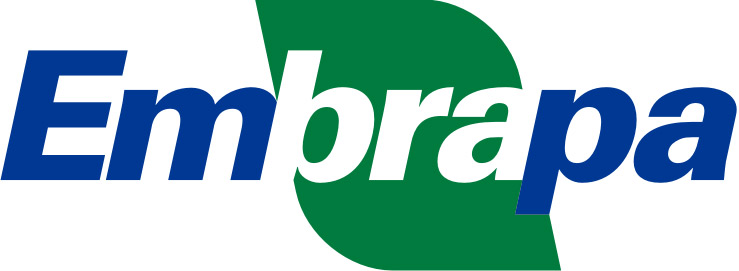Use este identificador para citar ou linkar para este item:
http://www.alice.cnptia.embrapa.br/alice/handle/doc/540779Registro completo de metadados
| Campo DC | Valor | Idioma |
|---|---|---|
| dc.contributor.author | PONI, S. | |
| dc.contributor.author | CASALIN, L. | |
| dc.date.accessioned | 2022-07-25T21:20:58Z | - |
| dc.date.available | 2022-07-25T21:20:58Z | - |
| dc.date.created | 2005-11-21 | |
| dc.date.issued | 2005 | |
| dc.identifier.citation | In: CONGRESSO LATINO-AMERICANO DE VITICULTURA E ENOLOGIA, 10.; CONGRESSO BRASILEIRO DE VITICULTURA E ENOLOGIA, 11.; SEMINÁRIO FRANCO-BRASILEIRO DE VITICULTURA E ENOLOGIA, 2., 2005, Bento Gonçalves. Anais... Bento Gonçalves: Embrapa Uva e Vinho, 2005. | |
| dc.identifier.uri | http://www.alice.cnptia.embrapa.br/alice/handle/doc/540779 | - |
| dc.description | Duo to its long flexible canes, the grapevine is especiaiiy suitabie to be trained to a multitude of canopy forms and more than 40 of them are named in viticulture textbooks (Eynard and Daimasso, 1990). Vet, grapevine training systems can be more simply categorized according to canopy division (singie versus spht canopies), growth habil (vertically shoot-positioned or 1 ree growing) and growth orientation (upward versus sloped or horizontal). The aim of the next paragraphs is to anaiyze which factors are more tightly bound te the treliis system choice in wine grape growing. | |
| dc.language.iso | eng | |
| dc.rights | openAccess | |
| dc.subject | Sistema de treinamento | |
| dc.subject | Condução | |
| dc.subject | Copa | |
| dc.title | Training system choice as relate to genotype, site vigour and grape quality targets. | |
| dc.type | Artigo em anais e proceedings | |
| dc.subject.thesagro | Genótipo | |
| dc.subject.thesagro | Qualidade | |
| dc.subject.thesagro | Uva | |
| dc.subject.thesagro | Viticultura | |
| dc.description.notes | Série Documentos, 55 | |
| dc.format.extent2 | p. 173-185. | |
| riaa.ainfo.id | 540779 | |
| riaa.ainfo.lastupdate | 2022-07-25 | |
| Aparece nas coleções: | Artigo em anais de congresso (CNPUV)  | |
Arquivos associados a este item:
| Arquivo | Descrição | Tamanho | Formato | |
|---|---|---|---|---|
| CNPUV-DOC-55-05-173-185.pdf | 827.38 kB | Adobe PDF |  Visualizar/Abrir |









